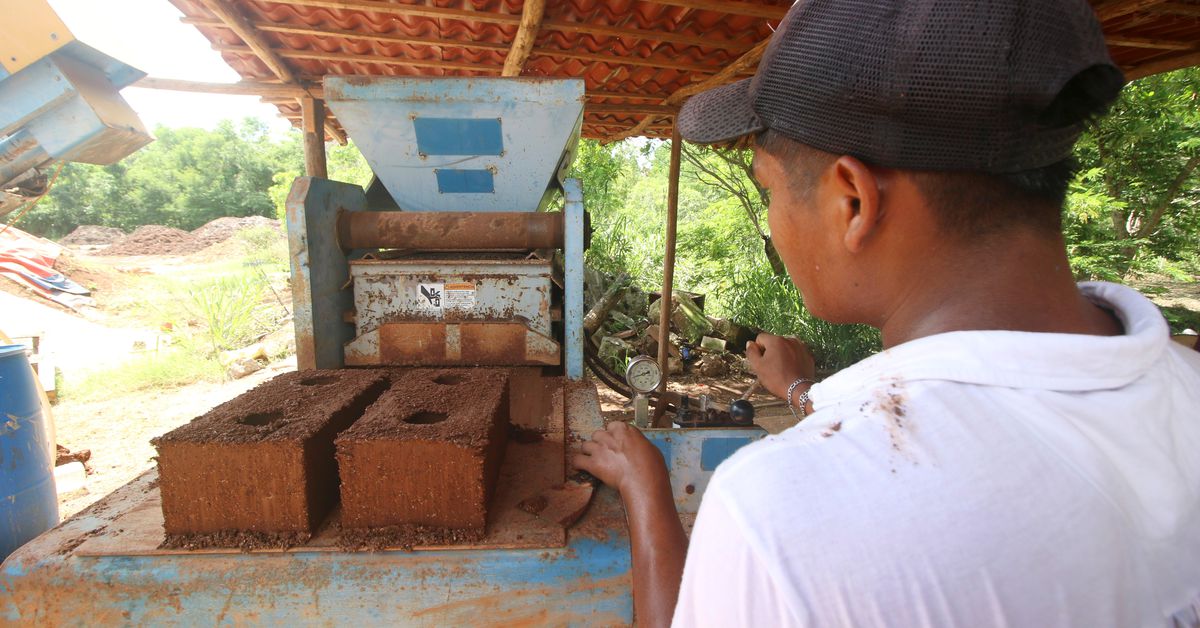Caribbean finds opportunities from brown seaweed ‘Sargassum’
Hauling tonnes and tonnes of brown seaweed known as sargassum has become an annual chore for sailors in the Caribbean, steering them clear from the pristine shores where tourists and vacationers in the region flock.
This marine plant turns black and smells like sewage when washed ashore, and it’s been known to cause illness to unsuspecting tourists.
The sargassum has been a persisting problem since 2011, according to a report by Reuters, and scientists could only pinpoint climate change as the root cause of this overwhelming situation.
How problematic is the situation, you ask. It’s pretty weight-y. In Quintana Roo, Mexico for example more than 37,000 tons of sargassum were hauled by the navy personnel since March of this year. That’s even greater than the weight of three Eiffel Towers!
It’s beginning to become a nuisance to most tourism businesses, and even the usual operations in the islands, but there are experts and entreprenuers in the Caribbean that are now looking for ways to turn the tables and use the sargassum to their advantage.
The brown seaweed is being considered in a sundry of uses, including animal feed, fuel, construction material, and yes, even signature cocktails.
“Sargassum is seen as a nuisance,” said Srinivasa Popuri, an environmental scientist in Barbados with the University of the West Indies interviewed by Reuters.
Popuri is conducting experiments on how to extract substances from the seaweed that could be useful for the pharmaceutical, medical and food industries.
Others consider commercialising sargassum, but the task of collecting it will prove challenging.
Right now, the biggest potential of the seaweed lies in its so-called alginates, a common ingredient in food thickeners, wound care and waterproofing agents for its gel-like properties.
In the same article, Reuters reported that “the global market in 2020 was worth almost $610 million, a figure that’s expected to grow to $755 million by 2027,” citing the consulting firm Global Market Insights.
Sargassum has also been considered in building houses.
Omar Vazquez, a nursery owner in Puerto Morelos, Mexico, has used sargassum as a fertilizer, but in 2018 he thought of turning it into a construction material—the sargassum “bricks”, which are baked in the sun. Vazquez said this allowed him to build a house that is 60% cheaper than traditional cement blocks.
In Jamaica, the seaweed is planned to be used as charcoal in lieu of firewood.



